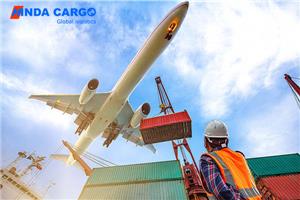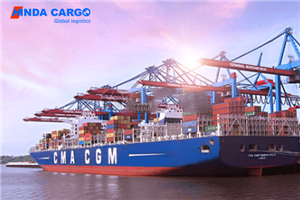What is the difference between door-to-door and door-to-port for freight?
In order to meet the needs of different customers, logistics companies provide a variety of transportation services, among which "door-to-door" and "door-to-port" are the most common.
So, what is the difference between these two service methods? What are their respective advantages and disadvantages? In actual operation, how should enterprises and individuals choose? This article will explore these issues in detail.
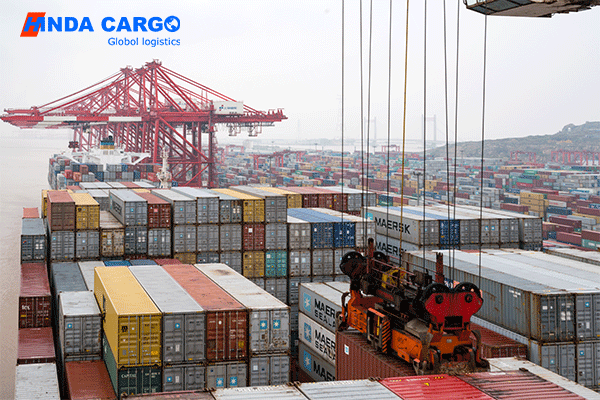
What is door-to-door service?
Door-to-door service is an all-inclusive logistics solution that covers all transportation links from the departure point of the goods to the final destination. Whether it is air, sea or land transportation, the service provider will be responsible for all steps including picking up, packaging, customs declaration, transportation, customs clearance, and distribution.
The main links of door-to-door service
1. Pick-up: The service provider arranges a vehicle to pick up the goods at the designated location of the shipper.
2. Packaging and warehousing: The goods are packaged and stored for a short period of time in the warehouse.
3. Export Customs Clearance: The service provider handles export customs clearance procedures.
4. International Transportation: Goods are transported to the destination country or region by air, sea or land.
5. Import Customs Clearance: The service provider handles import customs clearance procedures at the destination.
6. Delivery: After the goods are cleared, the service provider arranges a vehicle to deliver the goods to the final destination.
Advantages of door-to-door service
1. Convenient and worry-free: Customers only need to provide necessary documents and information, and all other links are fully responsible by the service provider.
2. Time controllable: Service providers usually provide full tracking services, and customers can understand the location and status of the goods in real time.
3. Clear responsibilities: One service provider is responsible for the entire process, and the responsibilities are clear when problems arise, and the customer's after-sales protection is better.
Challenges of door-to-door service
1. High cost: Because it covers more service links, the overall cost is higher.
2. Strong service dependence: The service quality depends on the professional level and network coverage of the service provider.
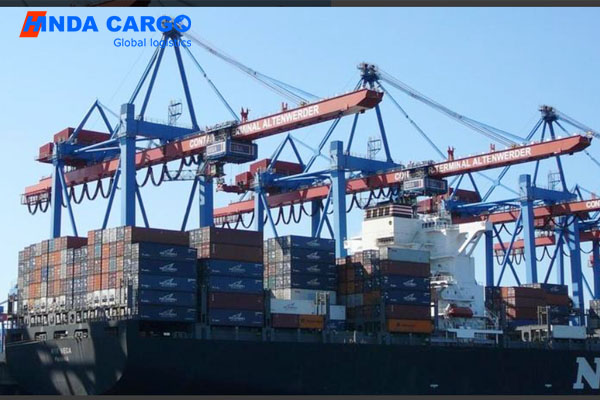
What is Door-to-Port service?
Door-to-Port service means that the service provider is responsible for the transportation and related services from the departure point of the goods to the designated port, while the transportation and handling from the port to the final destination are the responsibility of the consignee. It is usually applicable to sea transportation, but can also be applied to air transportation.
Main links of Door-to-Port service
1. Pick-up: The service provider arranges a vehicle to pick up the goods at the designated location of the shipper.
2. Packaging and Warehousing: The goods are packaged and stored in the warehouse for a short period of time.
3. Export Customs Clearance: The service provider handles export customs clearance procedures.
4. International Transportation: The goods are transported to the destination port by sea or air.
Advantages of Door-to-Port Service
1. Lower cost: Compared with door-to-door service, door-to-port service saves the cost of customs clearance and distribution at the destination.
2. High flexibility: The consignee can independently choose the customs clearance and distribution service provider at the destination, and flexibly respond to different markets and needs.
3. Suitable for bulk goods: For bulk goods or non-urgent goods, door-to-port service can better control transportation costs.
Challenges of door-to-port service
1. Complex procedures: The consignee needs to handle the customs clearance and delivery procedures at the destination by himself, and has high requirements for local policies and procedures.
2. Dispersed responsibilities: Multiple service providers are involved in the transportation process, and the division of responsibilities is more complicated when problems arise.
3. Uncertain time: Since the customs clearance and delivery links are arranged by the consignee, the overall transportation time is not as controllable as door-to-door service.
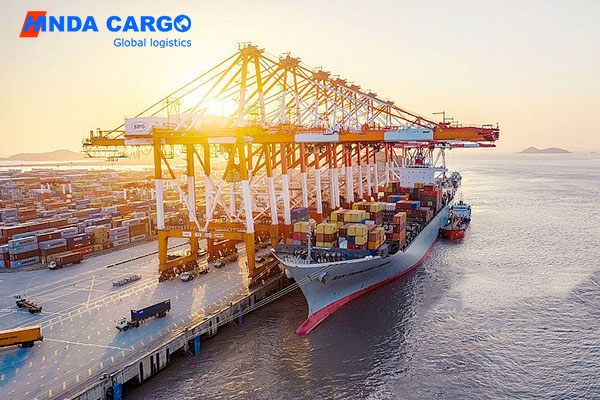
Comparison of typical cases
In order to better understand the difference between door-to-door and door-to-port services, we compare an international freight case from China to the United States.
● Door-to-door service case
A Chinese manufacturing company needs to deliver a batch of electronic products to customers in the United States. The company chose a logistics company that provides door-to-door service.
1. Pickup and packaging: The logistics company arranges vehicles to pick up the goods at the warehouse of the manufacturing company and packs them at the centralized warehouse.
2. Export customs declaration: The logistics company prepares the required customs declaration documents and declares the export to the Chinese customs.
3. Maritime transport: The goods are transported to the Port of Los Angeles in the United States by sea.
4. Import customs clearance: The logistics company handles import customs clearance procedures in the United States.
5. Local delivery: After the goods are cleared, the logistics company arranges vehicles to deliver the goods to the customer.
● Door-to-port service case
The same Chinese manufacturing company needs to deliver a batch of furniture to the United States, but this time the company chose the door-to-port service.
1. Pickup and packaging: The logistics company arranges vehicles to pick up the goods at the warehouse of the manufacturing company and packs them in the centralized warehouse.
2. Export customs declaration: The logistics company prepares the required customs declaration documents and declares the export to the Chinese customs.
3. Maritime transport: The goods are transported to the Port of Los Angeles in the United States by sea.
4. Customers handle customs clearance and delivery by themselves: After the goods arrive at the Port of Los Angeles, the American customers handle customs clearance and final delivery by themselves.
★ Comparative analysis
1. Cost: The overall cost of door-to-port service is lower than that of door-to-door service because the cost of customs clearance and delivery at the destination is saved.
2. Convenience: Door-to-door service is more convenient, and the shipper does not need to worry about customs clearance and delivery issues; while door-to-port service requires the consignee to have certain logistics operation capabilities.
3. Time control: The time of door-to-door service is more controllable, and the service provider is responsible for the entire operation; the time of door-to-port service may be affected by the customs clearance and delivery efficiency of the consignee.
4. Division of responsibilities: The responsibility of door-to-door service is clear, and the service provider is responsible for the entire process; door-to-port service involves multiple links and service providers, and the responsibility is dispersed.
Conclusion
Door-to-door and door-to-port are two common international freight services, each with its own advantages and applicable scenarios. When choosing, enterprises and individuals need to make comprehensive considerations based on the specific type of goods, urgency, destination market conditions, and their own budget and operation capabilities.


